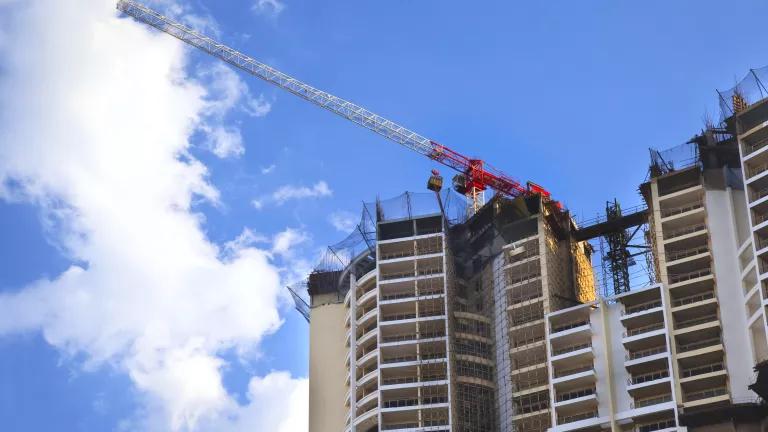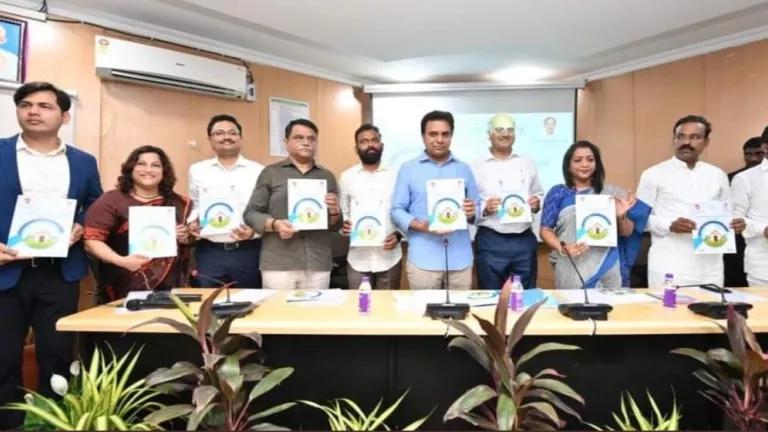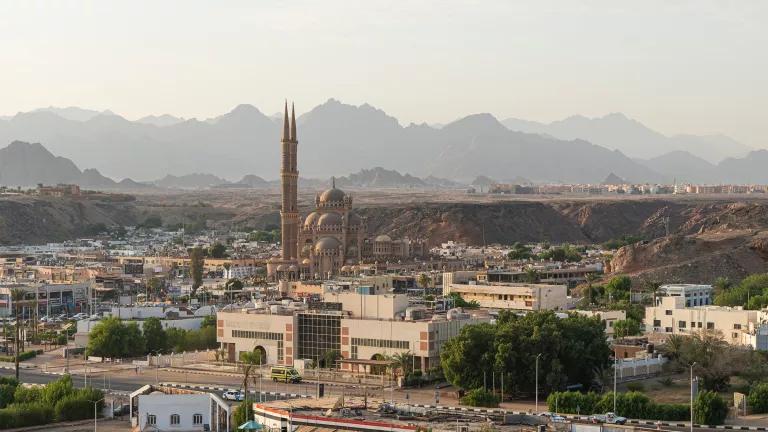Saving Money and Energy: Case Study of the Energy-Efficiency Retrofit of the Godrej Bhavan Building in Mumbai
Historic blackouts across India in July 2012 revealed the severity of India's energy crisis. Looking ahead, scaling up energy efficiency promises to be the fastest, cheapest, and cleanest way to help meet India's energy demands. As the country experiences rapid urbanization and its building occupied area skyrockets, from 8 billion square meters in 2005 to a projected 41 billion square meters in 2030, the country's real estate sector is racing to keep up with the demand for high-rise residential housing and commercial properties such as offices, hotels, and malls.
Incorporating energy-efficiency measures in new and existing buildings will help India achieve a reliable energy future and save money while addressing the threat of climate change. Developers, building owners, and tenants are essential to achieving the energy-efficiency benefits of reduced energy use, cost savings, increased worker productivity, higher asset value, and market advantage.
This case study highlights Godrej Bhavan, an iconic office building in South Mumbai, focusing on the strong business case for energy-efficiency upgrades or retrofits. The Godrej Bhavan retrofit shows that greener, energy-saving retrofits are practical and profitable in India's rapidly transforming building market and provides replicable practices for cost and energy savings.



